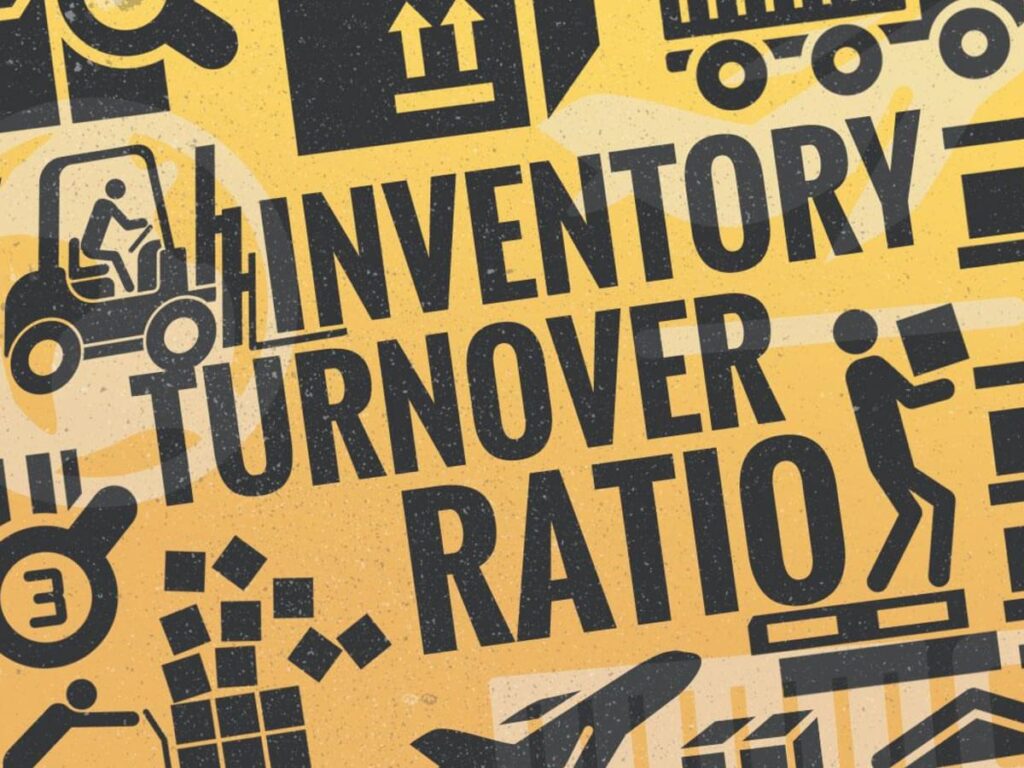Understanding Your Accounts Receivable Turnover Ratio

Accounts Receivable could be the kink in your otherwise impenetrable armor. It is one factor that sets a domino effect on your overall business operation and, inevitably, your financial health. Ignore it and you could be facing a halt in your operations from lack of funds.
When they are managed correctly, the business cash flow becomes more predictable, collection costs are lower and financial statements are healthier. This is important to maintain operations, acquire credit and attract investors.
Before thinking of how to improve your accounts receivable collection, you should assess how you’ve managed it so far.
The Accounts Receivable Turnover Ratio
It is a metric used in business to quantify how the business manages its credit collection. It tells how long it takes to collect outstanding debt and turn it into cash in a given period. That data reveals how stable a company’s finances are and how well the cash flow is managed.
The ratio is computed as follows:
AR Turnover Ratio= Net Annual Credit Sales ÷ Average Accounts Receivables
For instance, a business sales totaled $100,000, with beginning receivables at $10,000 and ended at $15,000. The formula should be applied as such:
AR Turnover Ratio= $100,000 / [($10,000 + $15,000) / 2]
AR Turnover Ratio= 8
This means, in a year, the business was able to collect receivables 8 times.
In order to know the average number of days the client takes to pay on a credit sale, you need to calculate the ratio in days, which will look like this:
AR Turnover in Days = 365 / Accounts Receivable Turnover Ratio
AR Turnover in Days = 365 / 8
AR Turnover in Days = 46 days
On average, the client takes 46 days to pay the credit.
What looks like a good ratio?
A higher number is generally the better number. It means you are able to collect multiple times in a year. Your customers are paying on time and you’re collecting most of your receivables. A bigger number can also point to a better cash flow and a stronger financial position.
But the rule always has an exception. A high number means your company is good at collecting. However, there could be deeper implications, it could mean you are rarely extending credit terms or you could be too aggressive with its collection practices.
While it is ideal to be strict and insist on a tough collection process, customer relationships always come into play. Businesses must consider current situations and give allowances during certain times and for certain customers. Hence, planning your credit terms will then become a consideration.
Tracking your Turnover Ratio
Be careful when implementing your policies. Your Turnover Ratio will help you determine if you are implementing credit policies that are too harsh, or when they are too lenient. It will help you strategize when to be strict and when to extend credit terms.
Aside from helping improve the collection process, you can forecast cash flow and your balance sheet. You can use your Turnover Ratio to assume that it takes, in our example, 8 days on average to receive revenue. Therefore, revenue in each period is multiplied by 8 and divided by the number of days in the period to get the AR balance.
It will even help obtain credit as some lenders consider account receivables as collateral.
